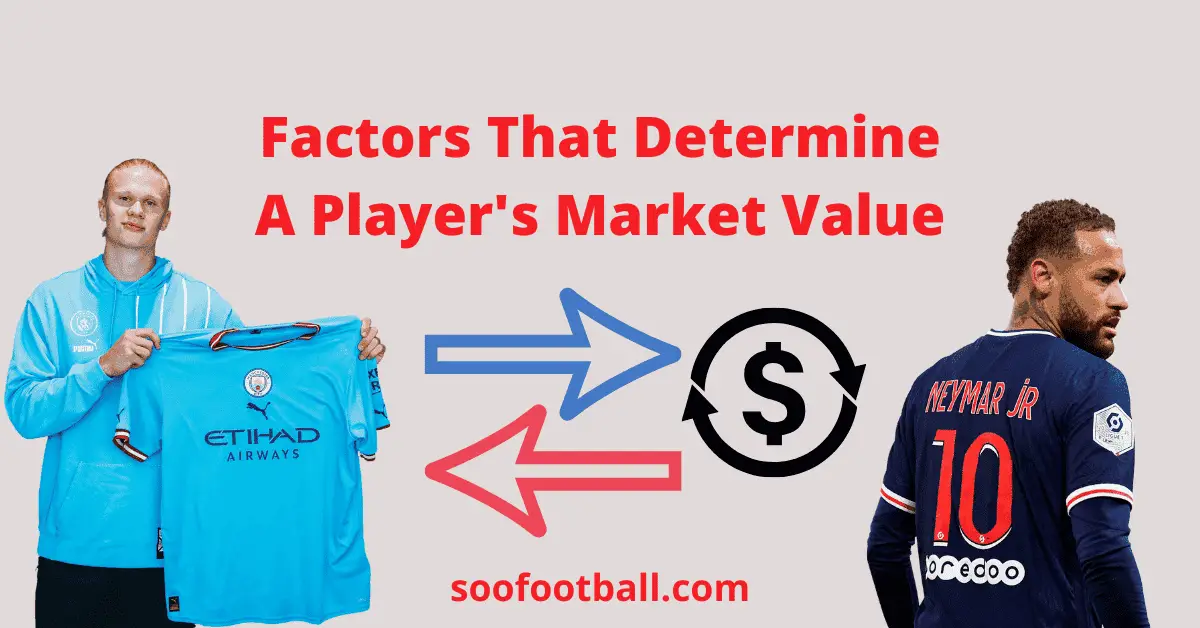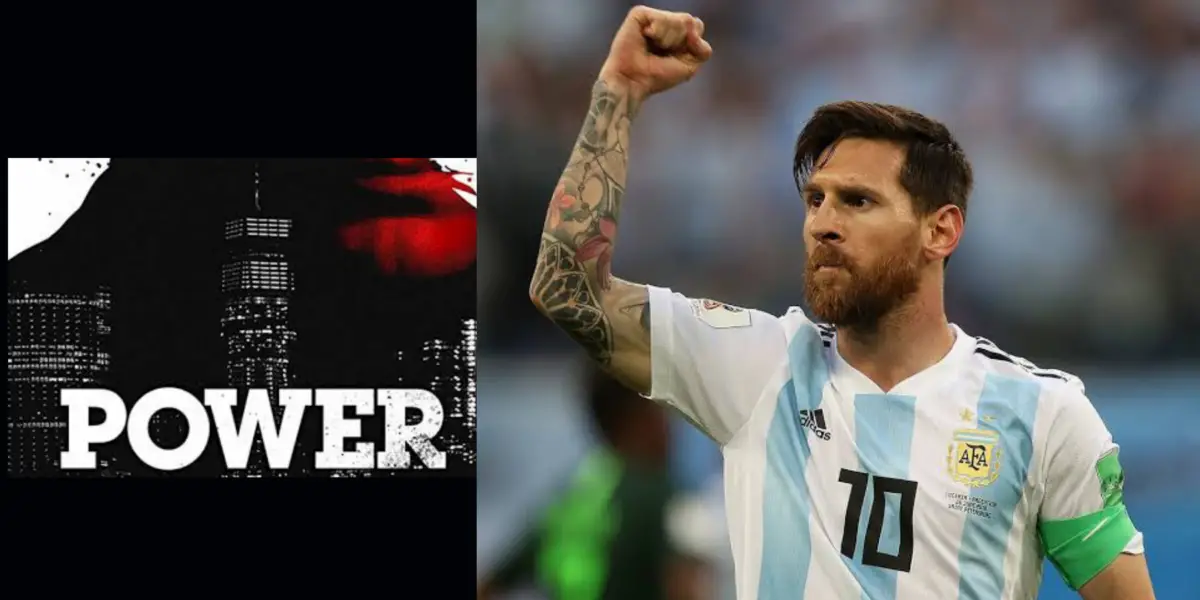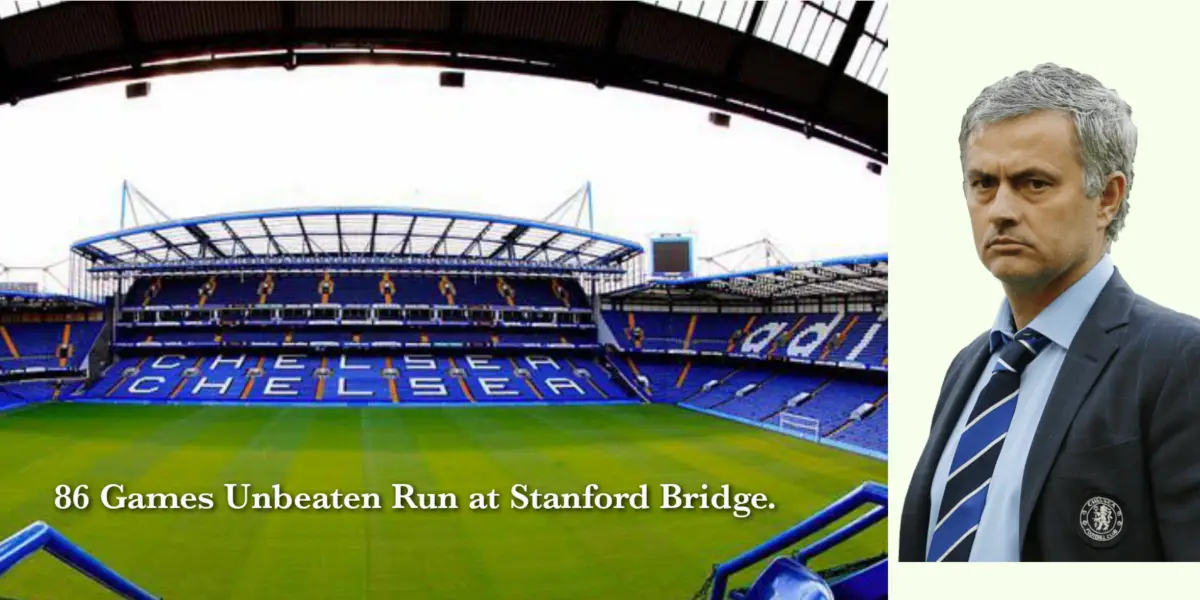Some football transfers have taken a lot of fans by surprise for two reasons. It’s either the transfer fee is ridiculously cheap or outrageously expensive. Either way, in this post, you’ll find out how the factors that determine the value of a football player.
The factors we will discuss will help you understand why some players transfers cost as much as they do.
1. Age
In football, age is one of the most crucial factors that determines the market value of a football player.
Young players who have a lot of years ahead of them are typically more expensive than older players, especially when they are proven.
Ideally, the younger a player is, the more valuable he should be in the market.
Also, there are different categories of young players. They are;
Young and unproven
These are young players with a lot of potential, though they are unproven. These types of young players are cheaper in the transfer market.
A typical example of a young and unproven youngster is Calvin Ramsay, who cost Liverpool just £4m even though he’s just 18.
Young and Proven
These are young players who have already made a name for themselves on the big stage. A good example is Erling Haaland, who is already world-class at the age of 21.
For older players, there is an age tradition in football that boarders on the value of these players:
Peak Age
Traditionally, in football, the peak age of every player is 28. Proven players at their peak are usually more expensive than older players.
Over 30
In football, players over 30 years of age are seen as “old” and close to retirement. So, technically, most clubs would not invest some outrageous fee on a 30+ player. In essence, their value reduces.
Although there are some exceptional cases of players over 30 who cost a lot, it is antitypical and not the norm.
Examples are Ronaldo to Juventus [£105 million] and Lewandowski to Barcelona [$45 million].
In a nutshell, age (in the variations explained above) is a significant factor that determines the market value of football players.
2. Form
There is no doubt that the current form is one of the factors that determine the market value of a football player.
To put it straight, having a great 1 season is still down to a good form.
Until such good form is so consistent that it becomes a standard for that player before he is regarded as world-class.
A good example of a player whose good form and age contributed to his high transfer fee is Darwin Nunez (€75m; Benfica to Liverpool).
3. Past Achievement
Another important factor that determines the market value of a player is his past achievements.
Sometimes, a player may not be young or even be in good form, but still costs a great deal of money when he has a very good record of success in the past years.
Again, back to the Lewandowski, to Barcelona [$45 million] deal. The 33-year-old striker cost this much because of his previous achievements – scoring goals and winning trophies.
4. Buyout or sell-on clause
Some clubs insert a buyout or sell-on clause in the contract of some players. Why? To assure themselves a guaranteed fee for a particular player.
Also, the buyout clause eliminates the back and forth of negotiation of transfer fee of a player.
Once the buyout clause of a player is triggered, the buying club can begin negotiating with the player.
Erling Haaland, for instance, should cost far more than £51m were it for the buyout clause inserted in his contract.
Also, Joe Aribo should cost far more than the £6m Southampton paid Rangers for his service if not for his buyout clause.
And as we all know, Neymar’s world-record €222 million transfer to PSG is yet another example of how buyout clause can determine a player’s transfer fee.
5. Years Left on Contract
In an ideal situation, the transfer fee for a player should illustratively buy a player out of his contract with a particular club.
So, in a situation when a player has just one year left in his contract, in a figurative sense, there are fewer years to “buy”.
In essence, such players are cheaper than those who have 4 or 5 years left in their contract.
Raheem Sterling, for example, should cost more than £47.5m when you consider his talent, previous achievements and existing rivalry between Chelsea and Manchester City, and if he had more years on his contract.
But he costs just £47.5m because he was in the final year of his Manchester City contract – a player who could leave for free in the following summer.
In fact, the only reason Sterling costs as much as £47.5m is because he is being sold to a direct rival.
Sterling would have cost far less if he were sold to a club outside England because he had just 1 year left on his Manchester City contract.
6. Rilvalry
Rivalry plays a major role in determining how much transfer fee is paid for a player.
Ideally, no club wants to strengthen a direct rival. So, if they must sell, they command a higher than usual transfer fee.
The theory here is this: if a player costs X normally, a (direct) rival club would have to pay 2X or 3X for his services.
This is the case with Sterling to Chelsea deal and Fernando Torres’ £50m move to Chelsea from Liverpool.
7. When a Player is not for Sale
When a club does not want to or need to sell a player, they usually command a higher than usual transfer fee.
Jack Grealish, for example, was a fantastic player for Aston Villa – their captain. But he should not have cost as much as £100m.
Although almost all factors in this discussion apply, one standout reason why he costed that much is because Aston Villa did not really want to or needed to sell him.
8. Financial Crisis
When a club is in a dire financial crisis and desperately needs to raise funds, they usually lower their valuation for a player.
This factor is the direct opposite of when a club does not want to sell a player – in this case, they need to sell.
For example, a relegated club may need to sell some players to survive financially. In this situation, a club is not in a strong position to command a fee higher than the normal valuation of their player.
In fact, they may sell their player lesser than the original valuation.
Read Also: How Football Clubs Make Money
Conclusion
In truth, there is no one single factor that single-handedly determines the market valuation of any football player.
The market value of a football player is determined by a combination of some or most of all these factors highlighted here.
Although all factors that determine the market value of a football player are important, the most prominent is the player’s form or past achievements.
Further Reading:





